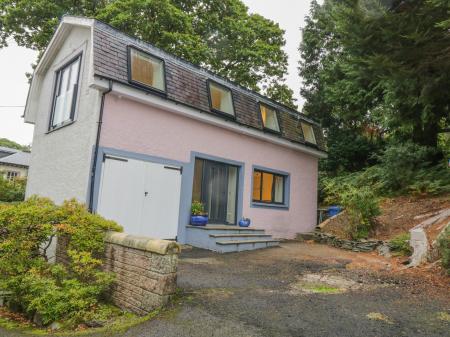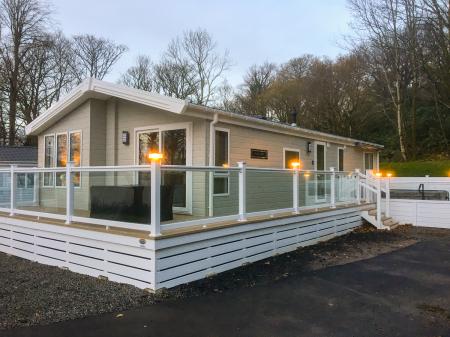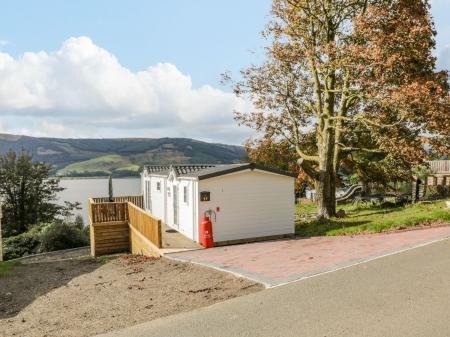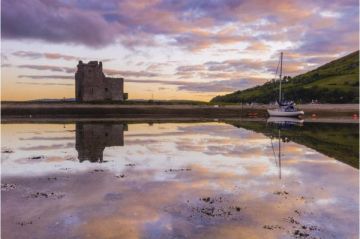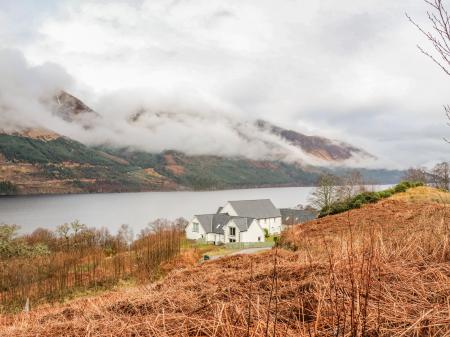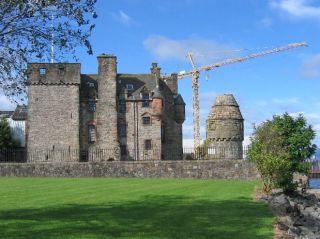
As glorious as Sir Patrick Maxwell's architectural achievements, he was a thoroughly unpleasant character, even by the rather dubious standards of the 16th century. He murdered two neighbouring members of the Skelmorlie family and members of his own family. He behaved so badly towards Lady Margaret Crawford, his wife, that in 1595 Sir Patrick's own mother was moved to complain to the Privy Council.
Lady Margaret alleged that he had attacked her with a sword and kept her locked in her room for 6 months, where she had been forced to live on only bread and water. After 16 children and 44 years of marriage Lady Margaret finally escaped and fled to Dumbarton, where she died. Sir Patrick was never called to account for his actions.
Newark Castle has some wonderful touches that help the past come alive. You can see how the servants lived and worked in a great house of the period, and see an original bedchamber, complete with its historic fittings and fixtures, including a folding closet-bed and a painted ceiling.
NB. Do not confuse this Newark Castle with the 12th-century fortress of the same name in Newark-on-Trent, England.
 We've 'tagged' this attraction information to help you find related historic attractions and learn more about major time periods mentioned.
We've 'tagged' this attraction information to help you find related historic attractions and learn more about major time periods mentioned.